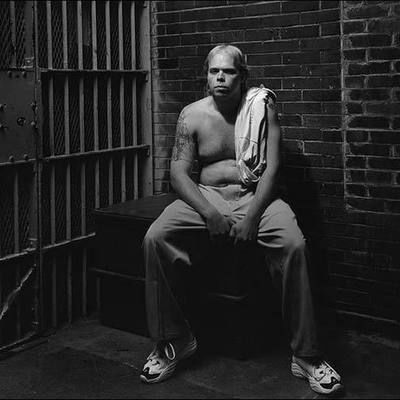Waiting for the Next Mr. Death
If you were a U.S. prison warden trying to figure out how to kill people with an electric chair in the ‘80s, there was basically one guy to call. His name was Fred A. Leuchter Jr. He ran a business out of his house in the Boston suburbs, providing consulting or execution equipment to at least 27 states between 1979 and 1990. Some of Fred Leuchter’s equipment is still in use today, which is why I wanted to talk to him.

